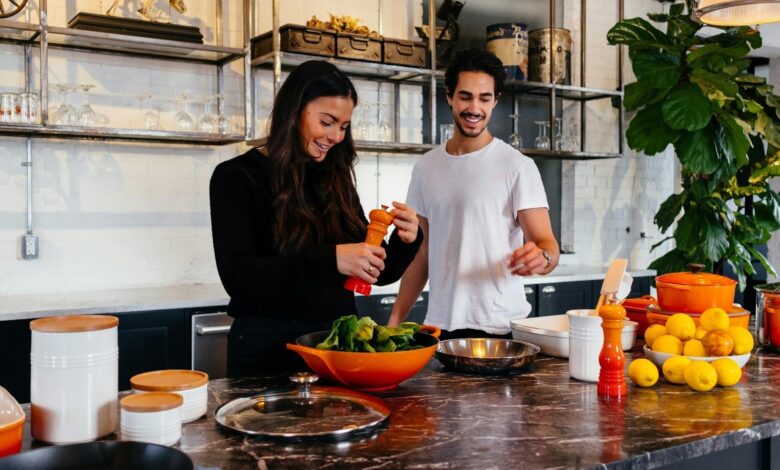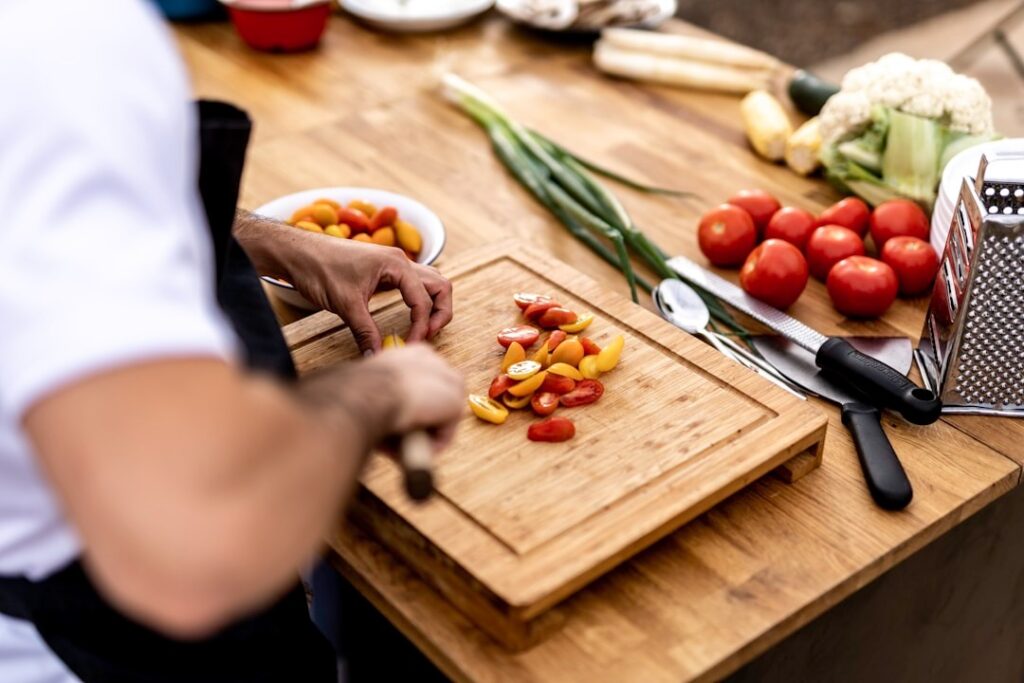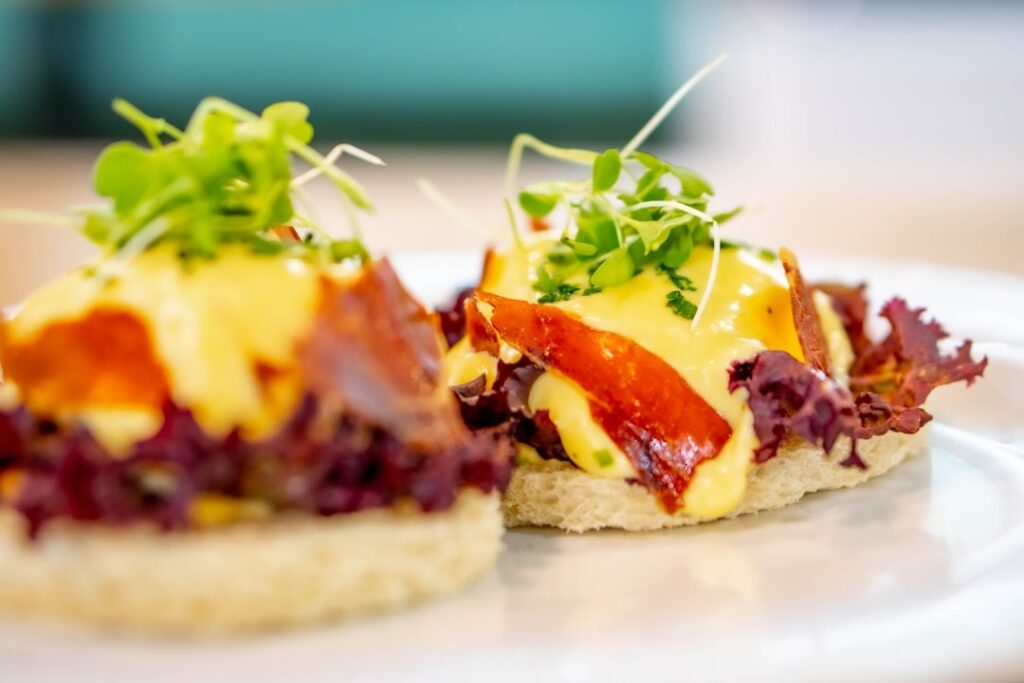From Classroom to Kitchen: The Skills You’ll Master in Culinary School

Culinary school is a journey from the fundamentals of cooking to the intricate skills required in a professional kitchen. As you contemplate embarking on this savory educational adventure, you’ll find yourself diving into a variety of techniques and theories that form the backbone of culinary excellence. Whether you dream of becoming a celebrated chef or simply want to enhance your cooking abilities, the classes you’ll attend encompass an array of practices aimed at making you proficient in the gastronomic arts. In this article, you’ll discover what to expect as you transition from classroom learning to mastering culinary craftsmanship in a kitchen setting.
Mastering the Art of Precision: Knife Skills and Techniques

Knife skills are the foundation of every chef’s craft. In culinary school, students begin with the basics: proper grips, essential cuts, and handling different knives for tasks like dicing onions or deboning chicken. These techniques not only improve presentation but also ensure efficiency, uniformity, and better flavor in every dish.
As training advances, students move into butchery and fish preparation, learning to respect ingredients while minimizing waste. At institutions like the New York culinary school, this focus on precision and repetition turns everyday prep into an art, giving graduates the confidence to handle any ingredient with skill and ease.
The Science of Cooking: Understanding Heat and Flavor
Cooking blends both science and artistry, with culinary chemistry at its core. In professional kitchens, heat is carefully controlled to master techniques such as searing through the Maillard reaction or achieving balance in emulsifications like hollandaise. Students explore flavor development by studying how herbs and spices interact, how layers of flavor are built, and how cooking methods influence taste and texture.
Food safety is emphasized through proper cooking temperatures and practices that prevent foodborne illness while preserving quality. Lessons extend to fermentation, pickling, and curing, equipping chefs with tools to enhance flavor and create greater depth in their dishes.
Baking Basics: Pastry Techniques and Dessert Creations
Even chefs who favor savory cooking benefit from mastering baking and pastry. Training begins with foundational skills like mixing, kneading, and rolling dough, highlighting the precision required in measurements, timing, and temperature control. Students explore the challenges of variables such as altitude and humidity while developing techniques in patisserie, from delicate pastries to intricate chocolate work.
Baking emphasizes precision, where minutes can determine success or failure. Lessons also dive into the science behind desserts, examining sugar caramelization, the role of fats in texture, and the action of leavening agents. Creativity is encouraged through presentation, where a visually striking dessert enhances flavor and elevates the dining experience.
Menu Planning and Ingredient Sourcing: From Concept to Plate

Culinary school extends beyond cooking to the critical tasks of menu planning and ingredient sourcing. Students are taught to design balanced menus by considering seasonality, nutrition, and diverse customer preferences, blending creativity with practicality. Instructors emphasize sourcing high-quality ingredients while managing costs and sustainability, training students to think like both chefs and business owners.
Field trips to farms and markets highlight the importance of building strong supplier relationships, which help ensure consistency and quality. Students also learn to create cohesive dining concepts that flow from appetizers to desserts, shaping a culinary narrative suited to any type of establishment, from fine dining to casual bistros.
Time Management and Multitasking in a Fast-Paced Kitchen Environment
Culinary school emphasizes time management and multitasking, key skills for thriving in fast-paced kitchen environments. Students are trained to prep ingredients, coordinate tasks, and time dishes with efficiency and precision while maintaining quality. Under pressure, they learn to stay calm, keep stations organized, and lead teams effectively, building the foundation for future leadership roles.
Simulated kitchen scenarios, such as timed assessments and service exercises, mirror the intensity of real kitchens, strengthening resilience and decision-making under stress. This training also teaches adaptability in handling challenges like sudden order changes or customer rushes, fostering a proactive mindset that ensures smooth operations in demanding culinary settings.
Overall, the passage through culinary school is a transformation of passion into skill. It’s an education that thoroughly prepares students for the rigors and rewards of the culinary world, embedding the finesse, knowledge, and discipline needed to thrive in professional kitchens. With a mix of theoretical knowledge and practical expertise, culinary graduates are well-equipped to embark on a journey of gastronomic excellence.

